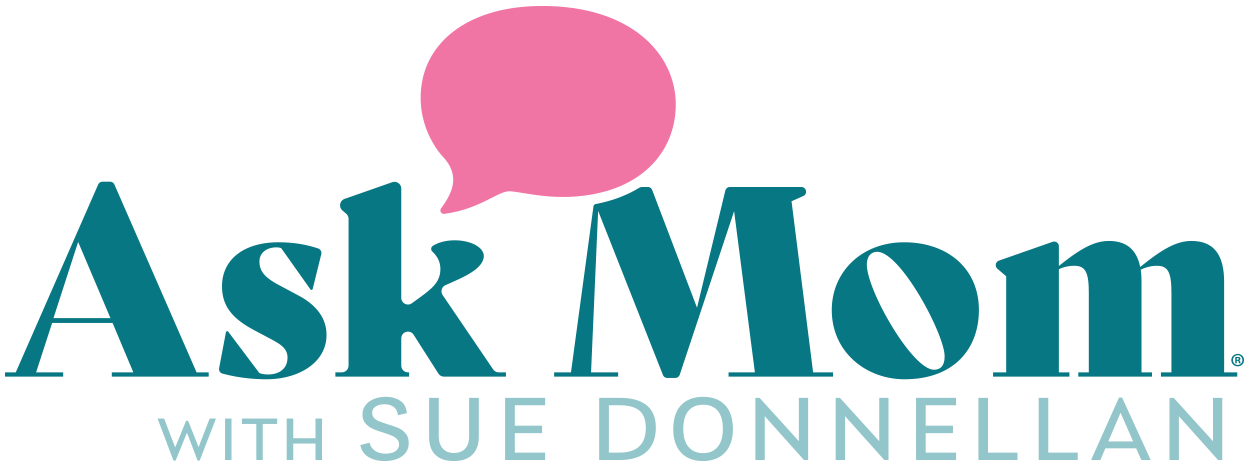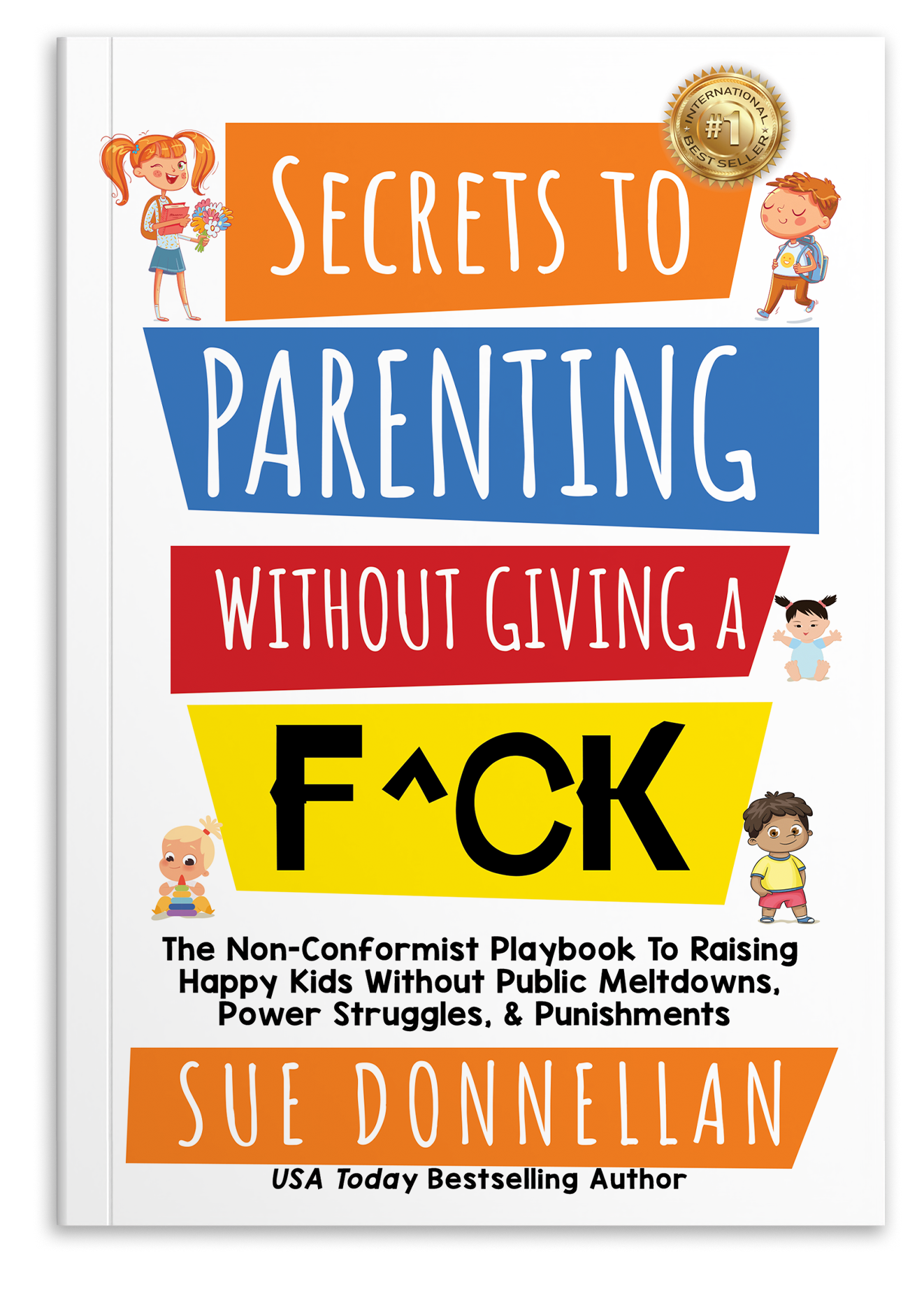 When it comes to parenting, there is no one-size-fits-all approach. Every child and every family is different, and so the way we parent needs to be tailored accordingly.
When it comes to parenting, there is no one-size-fits-all approach. Every child and every family is different, and so the way we parent needs to be tailored accordingly.
Responsive parenting takes into account all of these factors, recognizing that children need both love and structure to thrive.
This guide will provide you with tips on how to respond appropriately when your child displays challenging behaviors while still providing them with a loving environment where they can grow and develop.
It also covers how to set boundaries without being overly authoritarian or too lenient, as well as techniques for building strong relationships between parents and their children based on mutual respect.
By applying the principles of responsive parenting in your home, you can help create an atmosphere where your child feels safe, secure, heard, and respected – essential components for healthy development!
What Is Responsive Parenting?
Responsive parenting is an approach to parenting that puts the needs of the child at the forefront.
It involves understanding a child’s individual needs and responding to those needs in a respectful way that acknowledges the child’s own unique life experiences.
Rather than taking a one-size-fits-all approach, responsive parenting allows parents to be flexible and react appropriately in different situations.
It also encourages parents to take the time to really get to know their children and build strong relationships based on mutual trust, respect, and understanding.
Also known as sensitive parenting or emotionally responsive parenting, this approach to parenting focuses on creating an environment where children feel safe, secure, and respected.
What Are the Benefits of Responsive Parenting
Responsive parenting has numerous benefits for both children and parents.
- It helps create an environment where children feel comfortable expressing their emotions, allowing them to develop their emotional intelligence.
- It also encourages open communication between parents and children, which in turn builds trust and understanding.
- This approach to parenting also helps children develop self-regulation skills, as well as the ability to problem-solve and make decisions.
- For parents, responsive parenting allows them to become more aware of their children’s needs and better prepared to respond in a way that will help their child grow and develop.
How To Implement Responsive Parenting
Responsive parenting can be implemented in several ways.
First and foremost, it’s important to really get to know your child. Spend time listening to their thoughts and feelings, as well as observing how they interact with others.
This will give you a better understanding of their individual needs and the best way to respond to them.
For example, if your child is feeling frustrated, it’s important to be patient and understanding. Instead of punishing them for their behavior, try to determine the root cause of their frustration and work with them to find a solution.
It’s also essential to set clear limits and boundaries while still giving your child the freedom to explore and express themselves.
For example, you can let your child know that it’s not okay to hit, but allow them to express their emotions in other ways like talking or drawing.
Finally, be sure to show your child love and affection. This will help them feel secure and comfortable expressing their needs.
For example, rather than just telling your child you love them, take time to connect with them through activities like reading together or going for a walk.
This will help them feel seen and heard.
Responsive Parenting Challenges
Responsive parenting is not always easy. It requires patience, understanding, and consistency – all of which can be challenging to maintain.
It can also be difficult to find the right balance between providing structure and setting limits, while still giving your child the freedom to explore and express themselves.
Another common challenge is dealing with difficult behaviors, such as aggression or defiance. When this happens, it’s essential to take a step back and respond in a calm and understanding way.
This will help your child feel seen and heard, which can often be enough to help them overcome their difficulties.
Final Thoughts On Responsive Parenting Style
Responsive parenting is an important part of raising healthy and well-adjusted children. It helps create a secure environment where children can express their feelings, build relationships, and develop their emotional intelligence.
It also encourages open communication between parents and children, which can help foster trust and mutual understanding.
Finally, it helps parents become more aware of their children’s needs and better prepared to respond in a way that will help their children grow and develop.
Overall, responsive parenting is an invaluable tool for any parent looking to raise healthy and happy children.
Need help with parenting? Reach out for help. Click the button below to schedule a free consultation with me.
For a more in-depth look at parenting, check out my book.




